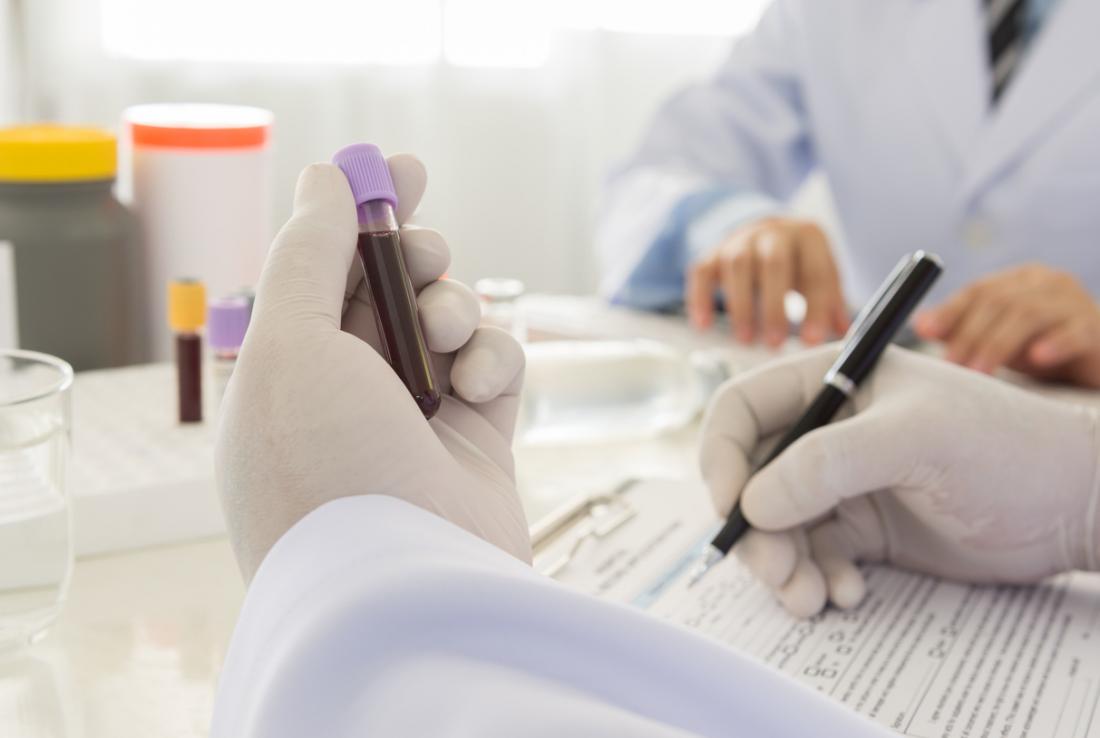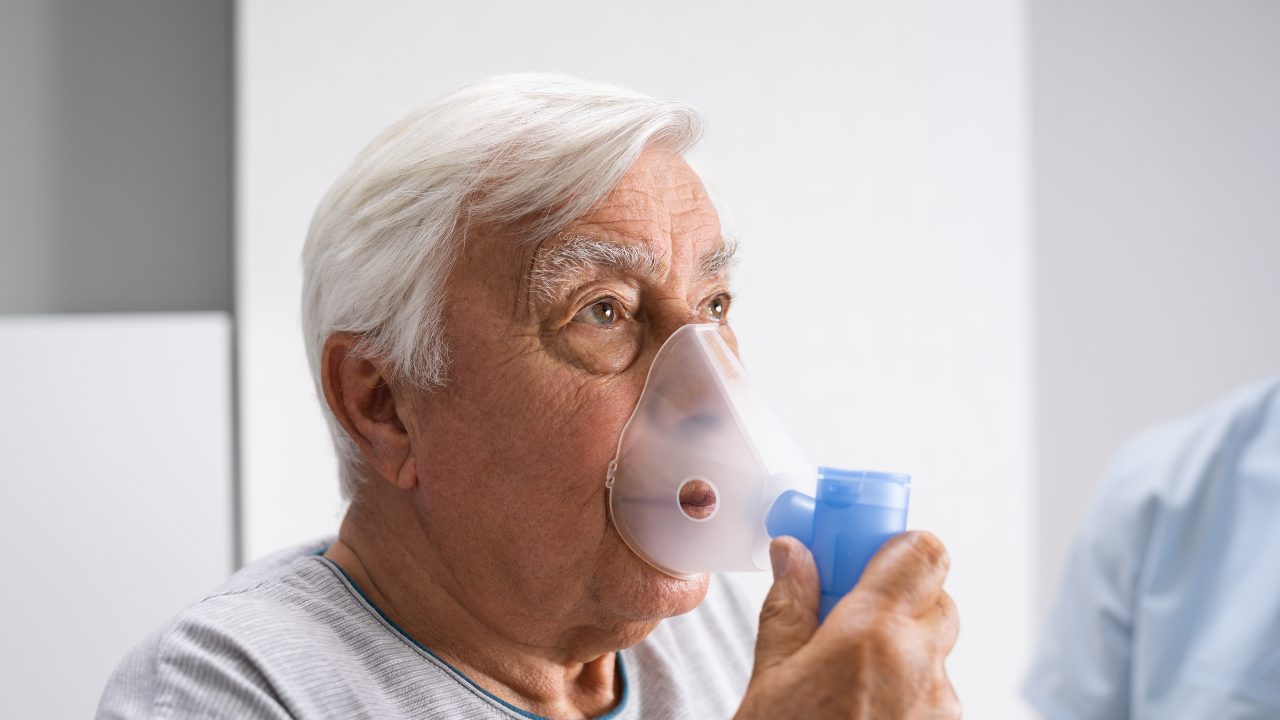Hypertension Overview
Hypertension is commonly known as high blood pressure and it takes place when the force of blood against the artery walls remains high. It is usually diagnosed when the readings go above 130/80 mm Hg and this additional pressure forces the heart to work harder. If you don’t treat the condition, it could lead to serious health problems like heart disease or a stroke. In India, mostly, men are affected by high blood pressure. The risk has been found to increase with age. However, there is a noticeable difference between men and women when it comes to hypertension risks. Men are more likely to develop high blood pressure before the age of 50. However, that pattern starts to shift after the age of 50.
Causes of Hypertension
In recent times, hypertension has turned out to be a growing problem in India. Let’s have a closer look at the causes of hypertension.
- Lifestyle Factors
One major cause of hypertension is lifestyle. Research shows that a lack of physical activity is connected to higher blood pressure. The diet also plays a crucial role. You should know that consuming too much salt can make the body retain fluid, raising the blood pressure. Excessive alcohol consumption contributes to this problem. On top of that, if your body lacks key minerals like potassium, calcium, and magnesium, it struggles to manage blood pressure well. Without these nutrients, the risk of hypertension goes up.
- Genetic Factors
Family history plays a significant role. If your close relatives have high blood pressure, you’re more likely to develop it as well. You cannot change your genes, but knowing the health history of your family can be helpful. Once you understand the genes of your family, it will help you to take the necessary steps that are required to lower your risk.
- Aging
As people age, their risk for hypertension increases. Once a person is above 65, their blood vessels begin to stiffen. In this situation, it’s really important to get regular health check-ups, especially for older adults. It’s highly recommended. With India’s aging population, more people are now in this high-risk group.
- Health Conditions
Certain health issues, like kidney disease, can lead to secondary hypertension, making it a common underlying cause. Problems with the adrenal or thyroid glands can also affect hormone levels and raise blood pressure. Sleep disorders, especially obstructive sleep apnea, are another risk. Sleep apnea disrupts breathing during sleep, reducing oxygen levels and potentially increasing blood pressure, which makes it a serious health issue.
- Nutritional Deficiencies
A healthy diet is key to controlling hypertension. Not getting enough potassium, which helps balance sodium, can raise the chances of high blood pressure. In cities, poor eating habits and a rise in fast food are leading to more weight gain. Obesity and high blood pressure frequently go together.
Symptoms of Hypertension
Many people with high blood pressure don’t show any obvious symptoms, which is why it’s so important to monitor your blood pressure regularly. But, if blood pressure gets dangerously high, especially during a hypertensive crisis (above 180/120 mmHg), certain symptoms can show up. Here are some common symptoms of hypertension to watch out for:
- Severe headaches – If you’re experiencing intense headaches, it could be a warning sign.
- Chest pain – This might be a sign that your heart is under stress.
- Dizziness – You may experience a feeling of lightheadedness or imbalance.
- Difficulty breathing – Shortness of breath can occur when your heart and lungs aren’t functioning at their best.
- Nausea and vomiting – These sometimes come with extremely high blood pressure.
- Blurred vision or other visual changes – Sudden vision problems could indicate eye complications.
- Anxiety and confusion – Mental changes can appear in extreme cases.
- Buzzing in the ears – Ringing in the ears, also known as tinnitus, might occur.
- Nosebleeds – Frequent nosebleeds could suggest high blood pressure.
- Irregular heartbeat – Palpitations or an unusual heart rhythm may develop.
In severe cases, you might experience:
- Feeling fatigued or confused – Experiencing weakness or mental fog might be a warning sign of a more serious condition.
- Blood spots in the eyes – These can occur due to pressure on the blood vessels in the eyes.
- Seizures – Though rare, seizures require immediate medical care.
High blood pressure often shows no symptoms at the start and thus, monitoring blood pressure is significant. People should visit their doctor for check-ups, especially if they are overweight, don’t exercise much, or have a family history of high blood pressure.
Diagnosis of Hypertension
Diagnosis of hypertension is not an easy task because it involves a lot of time and consistency. Doctors do not make a diagnosis just after one visit. You will need to visit the clinic a few times to have your blood pressure checked regularly. If it gets detected high consistently, they will monitor you more closely. It helps to rule out certain things, such as stress or a bad day, that might cause a one-time spike. Different methods are used to measure your blood pressure, including in-office tests and home monitoring. Doctors might also consider other factors that might affect your BP readings.
How is Blood Pressure Measured?
A tool called ‘Sphygmomanometer’ is used to measure the blood pressure of a person. It gives two numbers – systolic and diastolic pressure, measured in millimeters of mercury (mm Hg). The systolic number reveals the pressure in your arteries when your heart beats, whereas, the diastolic number shows the pressure when your heart rests in between beating.
A healthy blood pressure is usually below 120/80 mm Hg. If it stays higher, it’s time to pay attention and maybe make a few changes.
Home and Continuous Blood Pressure Monitoring
Apart from visiting the clinics, you can also monitor your blood pressure at home. Make sure to use a reliable home device to check your blood pressure at different hours of the day. In certain cases, doctors advise to go for ambulatory monitoring. It is a process wherein you use a device that monitors blood pressure continuously for 24 hours. Such kind of monitoring shows how your blood pressure varies throughout the day and night, helping to spot any risks easily.
Looking at Risk Factors
Remember, diagnosis of hypertension is not just about numbers. Doctors will also have a closer look at your lifestyle, family history, or any other underlying medical conditions. They will conduct tests such as bloodwork to detect any problems such as kidney issues, etc. Once the doctor understands your risk factors, it will help them to make the best treatment plan, including lifestyle or medication changes.
Type of Hypertension
When talking about types of hypertension, it can be broken down into two main types: primary and secondary. Apart from these two, there are other forms, like resistant hypertension and isolated systolic hypertension. Getting an idea about these types is crucial for diagnosing and managing high blood pressure.
- Primary Hypertension
Primary hypertension is one of the most common kinds, often called essential hypertension. It affects most people with high blood pressure, and it doesn’t happen overnight but develops slowly over time. Things like genetics, getting older, and bad habits like poor eating or not exercising enough play a role.
- Secondary Hypertension
In this case, high blood pressure is triggered by specific health issues or medications. It’s less common and it is largely detected in younger people.
- Resistant Hypertension
It is a tough type because even with multiple medications, the blood pressure remains high. Managing such a type of hypertension can be tricky and it might require a stronger approach. It’s often linked to underlying problems causing resistance to treatment.
- Isolated Systolic Hypertension
Isolated Systolic hypertension takes place when the systolic pressure (the top number) is detected above 140 mm Hg, while the diastolic (the bottom number) stays below 90 mm Hg. It is more common in older adults and usually happens due to age-related changes in the arteries.
Treatment of Hypertension
The treatment of hypertension requires a combination of lifestyle changes, therapy, and regular monitoring. The European Society of Hypertension (ESH) and the American College of Cardiology/American Heart Association (ACC/AHA) support individualized treatment plans, according to the specific needs of each patient, health conditions, and risk factors. Following these guidelines can reduce your risk of heart disease and increase your average health.
- Lifestyle Changes
Managing hypertension starts with lifestyle changes. Patients should eat a heart-healthy diet, exercise regularly, manage stress, and cut back on alcohol and sodium. The DASH (Dietary Approaches to Stop Hypertension) diet works well as it focuses on fruits, vegetables, whole grains, and low-fat dairy while limiting saturated fats and cholesterol.
- Initial Medication
When blood pressure hits 130/80 mm Hg or higher, doctors usually recommend medication. The medication choices depend on other health conditions, like diabetes or heart failure. (please consult a doctor before consuming any medicines)
- Combination Therapy
For severe hypertension, patients may need a combination of drugs to reach their target. If blood pressure is 20/10 mm Hg over the goal, guidelines suggest starting with two medications. Fixed-dose combinations make it easier to stick to the treatment plan.
- Special Considerations
Older adults may need different treatment goals. The ESH recommends keeping systolic blood pressure below 140 mm Hg for those aged 65-79. Other factors like frailty, cognitive health, and chronic conditions help doctors tailor treatment for each person.
- Monitoring and Follow-Up
Regular monitoring blood pressure is important. Patients should check their blood pressure in the clinic and at home. Home and ambulatory monitoring can spot problems early, allowing doctors to adjust the treatment plan if needed.
- Patient Education and Adherence
Patient education is critical because they must understand why sticking to their medication and lifestyle changes is vital. Tools like shared decision-making and motivational interviewing keep patients engaged. Both ESH and ACC/AHA focus on the importance of a strong support system to help manage hypertension.
Risk of Untreated Hypertension
Hypertension affects more than 1.28 billion adults worldwide, and it is often called a “silent killer”. Most cases are found in low- and middle-income countries. Often, it goes unnoticed until serious problems like heart attacks or strokes happen.
There are two types of risks of untreated hypertension: modifiable and non-modifiable. Modifiable risk factors can be changed to lower your chances of developing hypertension. Non-modifiable risk factors are things that you cannot change.
Modifiable Risk Factors
- Unhealthy Diet – Eating too much salt, saturated fats, and trans fats while not eating enough fruits and vegetables raises your risk. Processed foods are a big reason for high blood pressure.
- Physical Inactivity – Sitting too much and not getting enough exercise increases your risk. Regular exercise helps control blood pressure.
- Obesity – Extra weight raises the likelihood of high blood pressure. A higher BMI (Body Mass Indices) is linked to uncontrolled blood pressure.
- Tobacco and Alcohol Use – Smoking and drinking too much are closely tied to higher blood pressure. Heavy drinking especially increases the chance of hypertension.
- Stress – Long-term stress can cause hormonal changes that affect your heart and blood vessels, leading to higher blood pressure.
Non-Modifiable Risk Factors
- Age – As you get older, your risk for high blood pressure rises. This is due to changes in your blood vessels over time.
- Genetics – If hypertension runs in your family, you are more likely to develop it. Genes play a big role in regulating blood pressure.
- Sex – Men are more likely to get high blood pressure earlier in life. For women, the risk goes up after menopause.
- Ethnicity – Some ethnic groups, like Black populations, are more prone to hypertension due to both genetic and environmental factors.
Why Should You Choose Drome Clinic to Manage Your Hypertension?
Managing hypertension is crucial for good health as it helps in preventing serious complications. Drome Clinic is a great choice for anyone needing hypertension care. We offer personalized treatment plans and a skilled medical team. Our approach is holistic, focusing on your overall well-being.
The clinic’s doctors know how to treat hypertension as per your ease and comfort, whether it is through in-clinic consultation, home visits, or teleconsultation. We offer both regular care and customized plans for each patient.
Drome Clinic will help you in controlling your hypertension. Our goal is to help you manage it while improving your overall health. Your health is the priority of our clinic. We make sure you get the attention you need, based on what works best for you.
FAQ
What is hypertension?
Hypertension, also known as high blood pressure, occurs when the force of blood against the artery walls is too high and stays that way. Blood pressure is measured in millimeters of mercury (mmHg). Doctors usually diagnose it when readings hit 130/80 mmHg or more.
What causes high blood pressure?
There isn’t just one reason for high blood pressure. Several things can cause hypertension, such as lack of exercise, poor diet, being overweight, and getting older. Sometimes, it runs in families. Health problems like kidney disease or sleep apnea can also make it worse.
What are the symptoms of high blood pressure?
People often call it a “silent killer” because it usually has no symptoms. Still, some people might get headaches, shortness of breath, or nosebleeds when it gets high, like 180/120 mmHg. But this isn’t common.
How can I manage or lower my blood pressure?
You can do several things to keep your blood pressure under control. Eat a healthy diet, stay active, and keep a healthy weight. Limiting alcohol and managing stress also help. If needed, doctors might prescribe medication.
Why is it important to control high blood pressure?
Keeping your blood pressure in check is important. If you don’t, it can lead to serious health problems like heart attacks, strokes, or kidney damage. Controlling it helps you avoid these risks and stay healthier overall.







